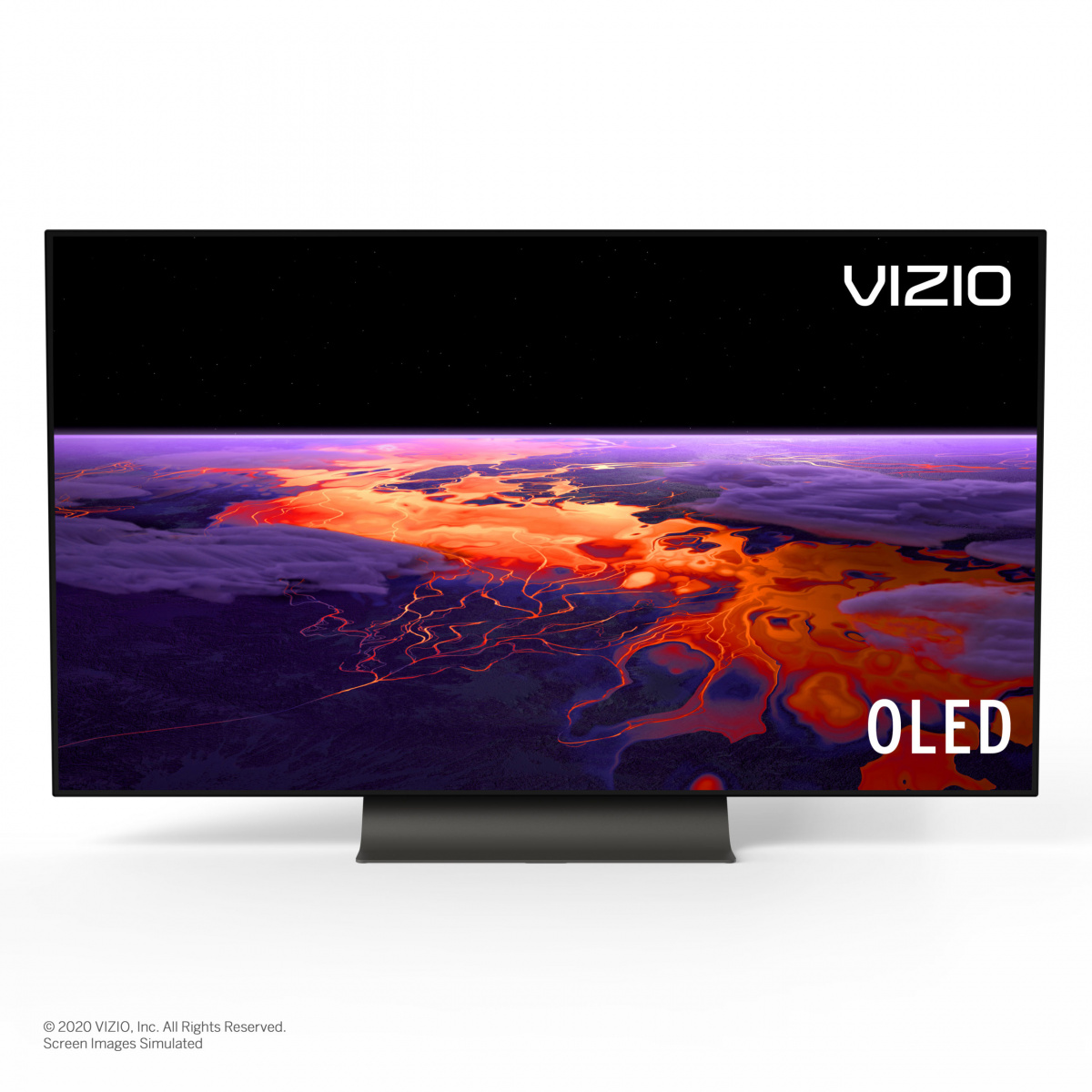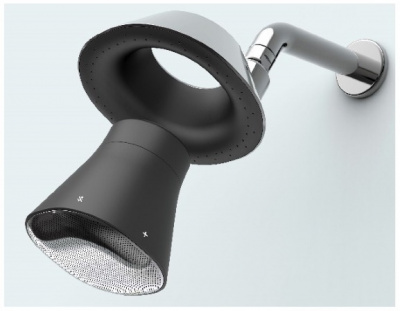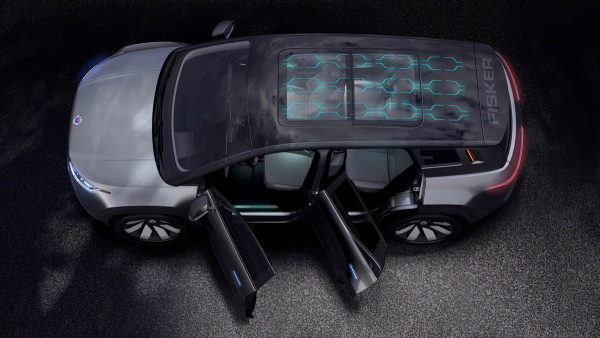CES, “the global stage for innovation,” attracted more than 170,000 attendees this year in Las Vegas. The event hosted more than 4,500 exhibitors over 2.9 million square feet in a seemingly never-ending ocean of gadgets both practical and ridiculous. Smart home devices, cars with virtual assistants, and fancy screens, TVs, and tablets (some that can be folded in half or change shape) dominated the show. Here’s what stood out to us as being the most desirable, the best designed, or the most intriguing.

Impossible Pork. Photo courtesy Impossible Foods.
Best in Food: Impossible Pork
You’ve probably already tried a (delicious) Impossible Burger, perhaps at one of more than 7,000 Burger King restaurants. The plant-based meat-alternative company, along with its rival Beyond Meat, is vying for consumers’ interest in a tasty meat-like experience but without the whole killing animals and destroying the environment by-product. Pork is the world’s most eaten meat; it takes factory farms millions of pigs a year to meet demand, and it’s a “ridiculous technology for food,” according to Pat Brown, CEO of Impossible Foods, so it makes sense that the company developed a pork alternative. The new product debuted last week at CES, but no formal launch date was announced. A sausage variation will be available sometime in 2020 and will be used to make the Impossible Croissan’wich, also coming to Burger King. Yum, queue up the Impossible pork shumai please.

Vizio 2020 OLED. Photo courtesy Vizio.
Best in TVs: Vizio OLED
Once you watch an OLED television you’ll immediately want one. The image quality is exceptionally high but so are the prices, with the class-leading 65” C9 from Korean manufacturer LG coming in at a steep $2,500. Now Vizio, the California-based consumer electronics company known for developing good quality, low-priced LCD TVs, is entering the OLED market. While OLED technology isn’t new (Kodak has been using OLED’s since the late ’80s) they are just becoming financially reasonable in the TV market. Vizio announced a 55” and 65” 4K OLED television but has yet to announce a price or where, in fact, the OLED panels will be manufactured. Cross your fingers for something in the $1,500 range—we all could use more detail when late night binging The Great British Baking Show.

Kohler Moxie. Photo courtesy Kohler.
Best in Smart Home Devices: Kohler Moxie
There were no shortages of smart home devices being pedaled this year, some weirder than others, like the Charmin RollBot, which of toilet paper for you when you need it. Perhaps on the more practical side, we also saw the Alexa-enabled Bluetooth speaker showerhead Moxie, from Wisconsin-based Kohler. For about $230 you can replace your showerhead with Moxie, which lasts for about five hours per charge. This image shows how the speaker easily pops out for recharging. Kohler’s designers worked with Harman Kardon to integrate noise cancelling tech into the speaker, ensuring you can hear the music clearly over the sound of running water. “Hey Alexa. Play ‘Cool Jerk’ by The Capitols.”

Roland Go:Livecast. Photo courtesy Roland.
Best in Livestreaming: Roland Go:Livecast
This brilliant little box brings desktop production to your smartphone for $250. Download the companion app and you can connect two phones (one to record, one for additional media playback), up to three mics, a line input, and a headphone jack for monitoring. The app lets you kick your livestream directly to Facebook Live, Youtube, or Twitch. Compared to their $1,500 VR-1HD deck, this box packs a punch for a fraction of the cost. We look forward to watching all of your sweet guitar riffs and beauty tips.

Fisker Ocean. Photo courtesy Fisker.
Best in Cars: Fisker Ocean
Details on the highly anticipated electric SUV from Fisker were also announced at CES, and they did not disappoint. The Ocean has an MSRP of $37,499, which drops to $29,999 when factoring for the Federal tax credit. That makes it considerably more affordable than Tesla’s Model Y SUV. Also impressive are the initial details on leasing—a $250 deposit makes you eligible for a $379 per month lease with $2,999 at signing. The lease includes a whopping 30,000 miles per year and comes with (what sounds too good to be true) a no long-term contract. Want to return it after a month? Well, you can. All maintenance is planned to be handled by Fisker directly; just put your request in through the accompanying app.
Competitive pricing aside, Fisker is also pushing sustainability by outfitting the Ocean with recycled carpeting, vegan interiors, and a full-length solar roof. First deliveries are estimated in early 2022. The stated range is 300 miles and will be available in several powertrain configurations.
Damon Hypersport Commerical from Damon Motors Inc on Vimeo.
Best in Weird Motorcycles: Damon Hypersport
It’s an electric motorcycle with a claimed 300-mile city range, a 200-horsepower engine, and, oh, artificial intelligence, and the ability to transform from a cruiser to a sport bike to a commuting bike. Right. The bike can actually change shape with a tech called “Shift” that configures the seat, handlebars, foot pegs, and windshield. The bike has no mirrors; instead it’s got a rearview camera and a dash display. What’s most shocking, though, is the sticker price. Somehow this bike will retail for $24,955.



